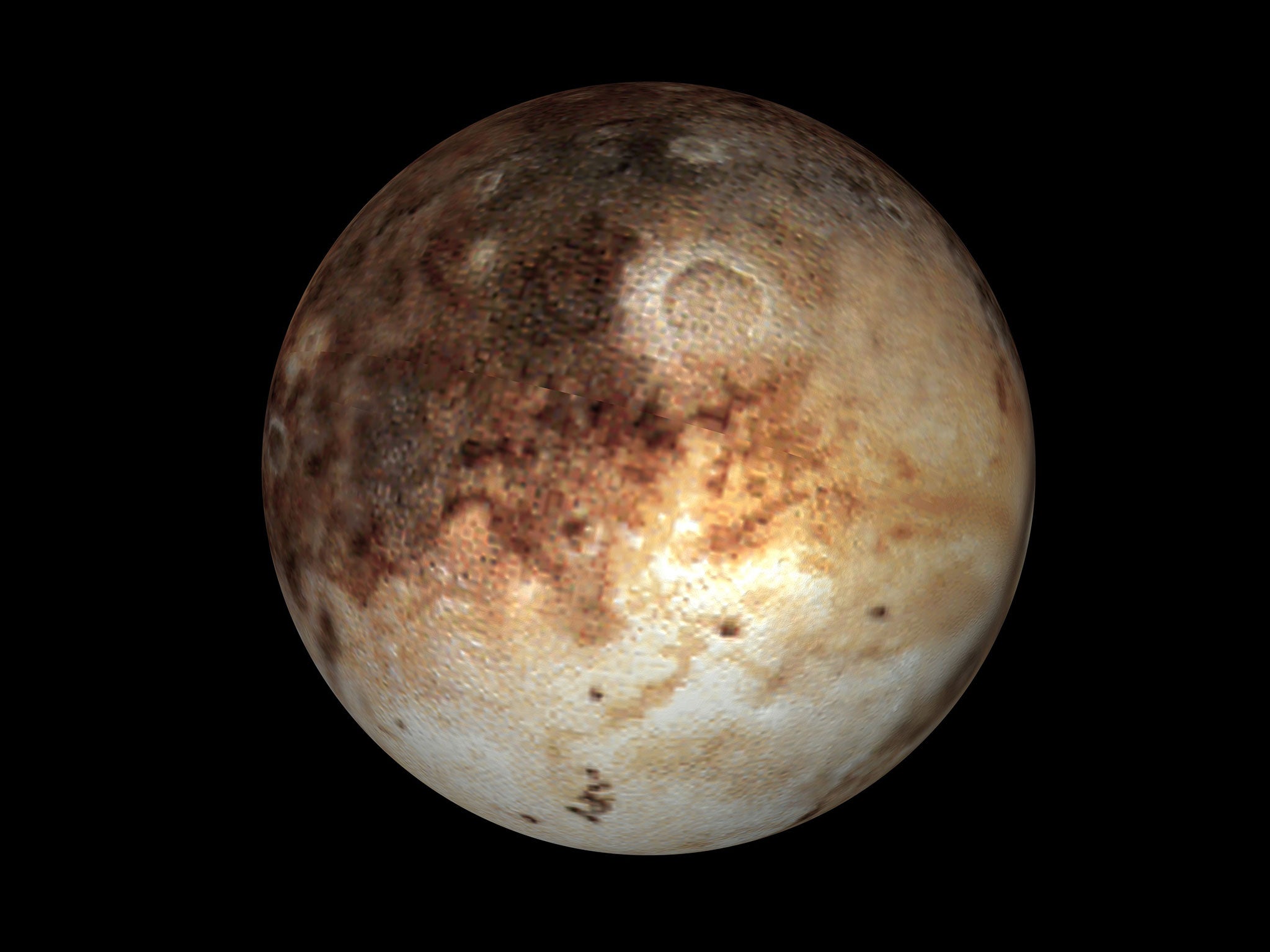Two Earth-sized planets could be hiding in our solar system
Space rocks at the edge of the solar system are moving in odd ways that seem to indicate secret worlds

Your support helps us to tell the story
From reproductive rights to climate change to Big Tech, The Independent is on the ground when the story is developing. Whether it's investigating the financials of Elon Musk's pro-Trump PAC or producing our latest documentary, 'The A Word', which shines a light on the American women fighting for reproductive rights, we know how important it is to parse out the facts from the messaging.
At such a critical moment in US history, we need reporters on the ground. Your donation allows us to keep sending journalists to speak to both sides of the story.
The Independent is trusted by Americans across the entire political spectrum. And unlike many other quality news outlets, we choose not to lock Americans out of our reporting and analysis with paywalls. We believe quality journalism should be available to everyone, paid for by those who can afford it.
Your support makes all the difference.At least two planets that could be bigger than Earth might have been hiding at the edge of our solar system, scientists have claimed.
The undiscovered planets are thought to be even further from the Sun than Neptune and the dwarf planet Pluto.
Evidence of the two planets comes from watching a belt of space rocks known as “extreme trans-Neptunion objects”.
Scientists would normally expect the rocks to be randomly distributed. But they’re moving in completely unexpected ways, which seem to indicate that they’re being pulled by something that can’t be seen.
Spanish lead scientist Professor Carlos de la Fuente Marcos, from the Complutense University of Madrid (UCM), quoted by the Spanish scientific news service (Sinc), said: "This excess of objects with unexpected orbital parameters makes us believe that some invisible forces are altering the distribution of the orbital elements of the Etno, and we consider that the most probable explanation is that other unknown planets exist beyond Neptune and Pluto.
The new research, published in the journal Monthly Notices of the Royal Astronomical Society Letters, is based on analysis of an effect called the "Kozai mechanism", by which a large body disturbs the orbit of a smaller and more distant object.
The scientists wrote: "In this scenario, a population of stable asteroids may be shepherded by a distant, undiscovered planet larger than the Earth ... "
One problem is that the theory goes against predictions of computer simulations of the formation of the Solar System, which state there are no other planets moving in circular orbits beyond Neptune.
But the recent discovery of a planet-forming disk of dust and gas more than 100 astronomical units (AU) from the star HL Tauri suggests planets can form long distances away from the centre of a solar system.
An astronomical unit, the distance between the Earth and the Sun, is the equivalent of 93 million miles.
"The exact number is uncertain, given that the data that we have is limited, but our calculations suggest that there are at least two planets, and probably more, within the confines of our Solar System."
More results based on a larger sample of Etno objects are due to be published in the coming months.
"If it is confirmed, our results may be truly revolutionary for astronomy," said Prof De La Fuente Marcos.
Additional reporting by Press Association
Join our commenting forum
Join thought-provoking conversations, follow other Independent readers and see their replies
Comments